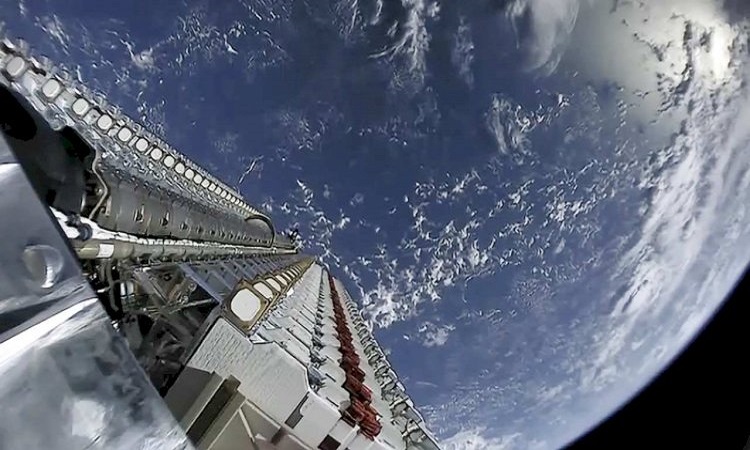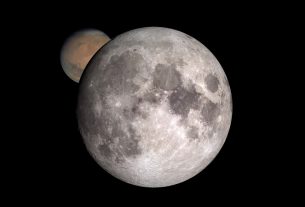SpaceX has just placed 58 new Starlink satellites in orbit. The company also acted as the driver for another company and broke the launch record for the same booster.
In addition to setting up the first trade missions, most of SpaceX’s business involves launches of its own Starlink satellites. As a reminder, it is planned to deploy at least 12,000 in low orbit over the next few years. The goal: to provide very high-speed internet access to the entire planet.
New launch, a new record
This Tuesday, August 18, the company launched a new batch of 58 of these satellites, bringing the total number of these instruments in orbit to 653. The rocket took off at 4:31 p.m. (French time), from the base’s Space Launch Complex 40 aerial view of Cape Canaveral (Florida).
This was SpaceX’s 11th Starlink mission since 2019, and the company’s 13th overall mission for 2020. At this rate, the company should, therefore, be able to beat its record for the year 2018, during which it recorded 21 launches.
This mission also marked the sixth flight of a single booster, a record. This first stage had already supported the Telstar 18 VANTAGE mission in September 2018, the Iridium-8 mission in January 2019, and three Starlink missions in May 2019, January 2020, and June 2020.
Within minutes of launch, this first stage once again returned to Earth, successfully landing on a platform stationed in the Atlantic Ocean.
Note that the Falcon 9’s fairing (the nose inside which all of the satellites were installed) had already been used during Starlink’s fourth launch.
Sun visor and carpooling
As part of this new launch, all Starlink satellites were again fitted with special “sunshades” aimed at preventing sunlight from reflecting off the brightest parts of the instruments. For now, this is the best way to no longer interfere with the observations of astronomers.
Finally, SpaceX took advantage of this new mission to deploy three SkySats satellites from Planet Labs. These small instruments were released approximately 12 and a half minutes after takeoff, followed by the Starlink satellites approximately 35 minutes later.
This is the third time that the company has offered this “space carpooling” service. Three small satellites built by the same company were also released last July. In early August, SpaceX had also deployed two Earth observation satellites on behalf of Spaceflight.




